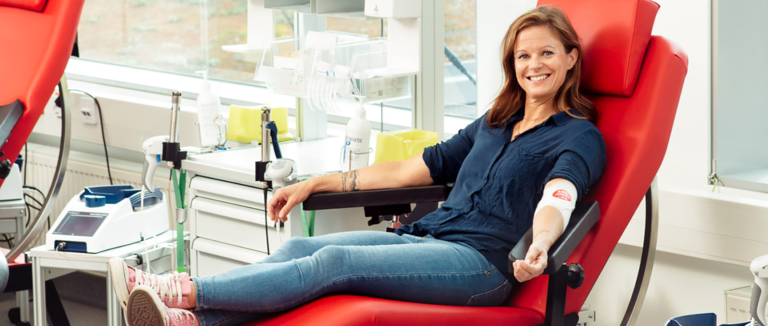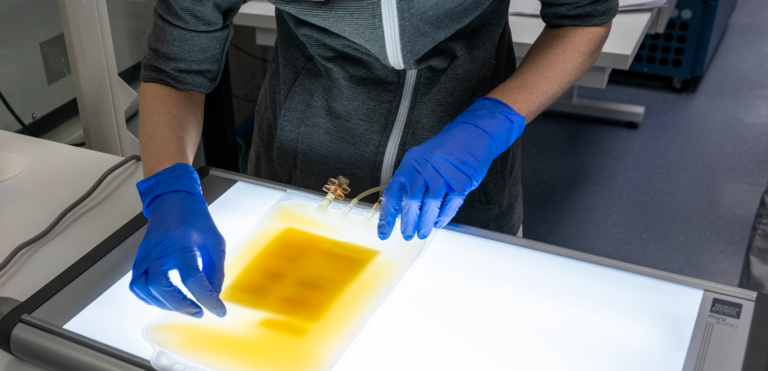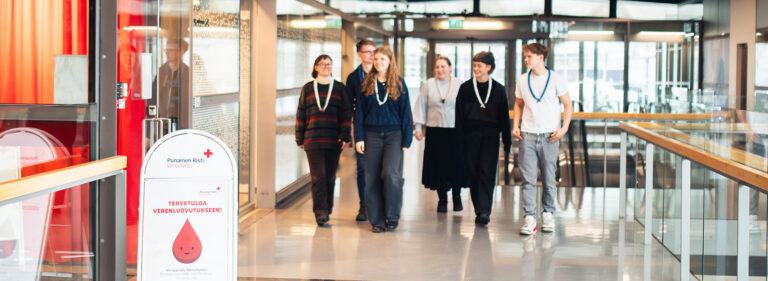The number of men as blood donors is increasing
The proportion of men among blood donors increased in 2024. Last year, men made up 45 % of registered blood donors, compared to 43 % in 2023. The proportion of men has been steadily increasing in recent years, as in 2021, 40% of donors were men, and in 2022, 41 %.

“Women have traditionally been more active blood donors than men, but now we see a change in our visitor statistics. We have been trying to balance the proportion of men and women and now we have succeeded”, says Johanna Castrén, head of blood donation at Blood Service.
More men are needed as blood donors, and there are many reasons for this:
- Men are often larger than women, and therefore their blood volume is also larger than that of women.
- Men have significantly larger iron reserves than women, which makes them better able to handle blood donation.
- Men can donate blood more often than women. Pregnancy, childbirth, and breastfeeding prevent women from donating blood. Men do not have similar long-term restrictions.
Over 110,000 people donated blood in 2024
In 2024, a total of 110,681 people registered as blood donors. Of them, 49,425 were men. The annual number of donors was smaller in 2024 than in 2023, when a total of 114,141 people donated blood.
The decrease is due to the reduced use of blood products in hospitals.
Last year, Blood Service delivered 156,705 red blood cell preparations and 26,595 platelet preparations for patients. The use of red blood cells decreased by 5.3%. The delivery of platelet preparations decreased by 5.7 %. Annually, blood products are needed for an estimated 40,000 patients.
However, it is necessary to increase the number of blood donors to ensure that there are enough donors both under normal conditions and in crisis and disruption situations. Blood products cannot be replaced with medicines. In Finland, 600-700 blood donors are needed every weekday, says Johanna Castrén.
The proportion of English-speaking donors also increased
The proportion of English-speaking blood donors is also increasing. Last year, their proportion was 2.1 % of registered donors, compared to 1.5% in 2023.
Swedish-speaking blood donors continue to visit blood donation sites actively. Their proportion of donors in 2024 was 7.1 %. The proportion is larger than the proportion of Swedish speakers in the population.
Our goal is a broad and diverse donor base, and we therefore hope that different language groups will continue to be active blood donors. We can now serve English-speaking and Swedish-speaking donors even better, as the Donor’s mobile application was launched at the end of 2024 in three languages, analyzes Castrén.



